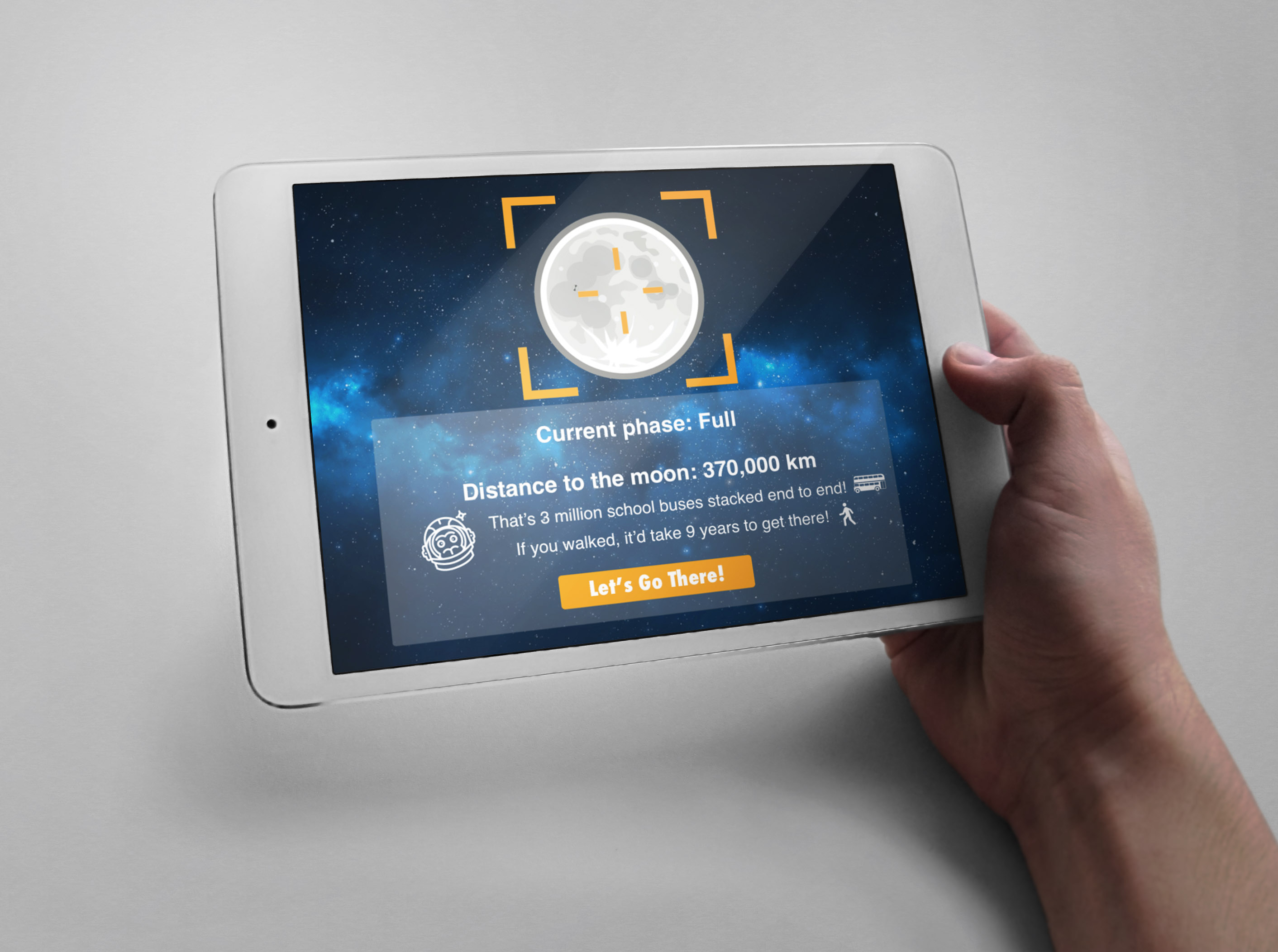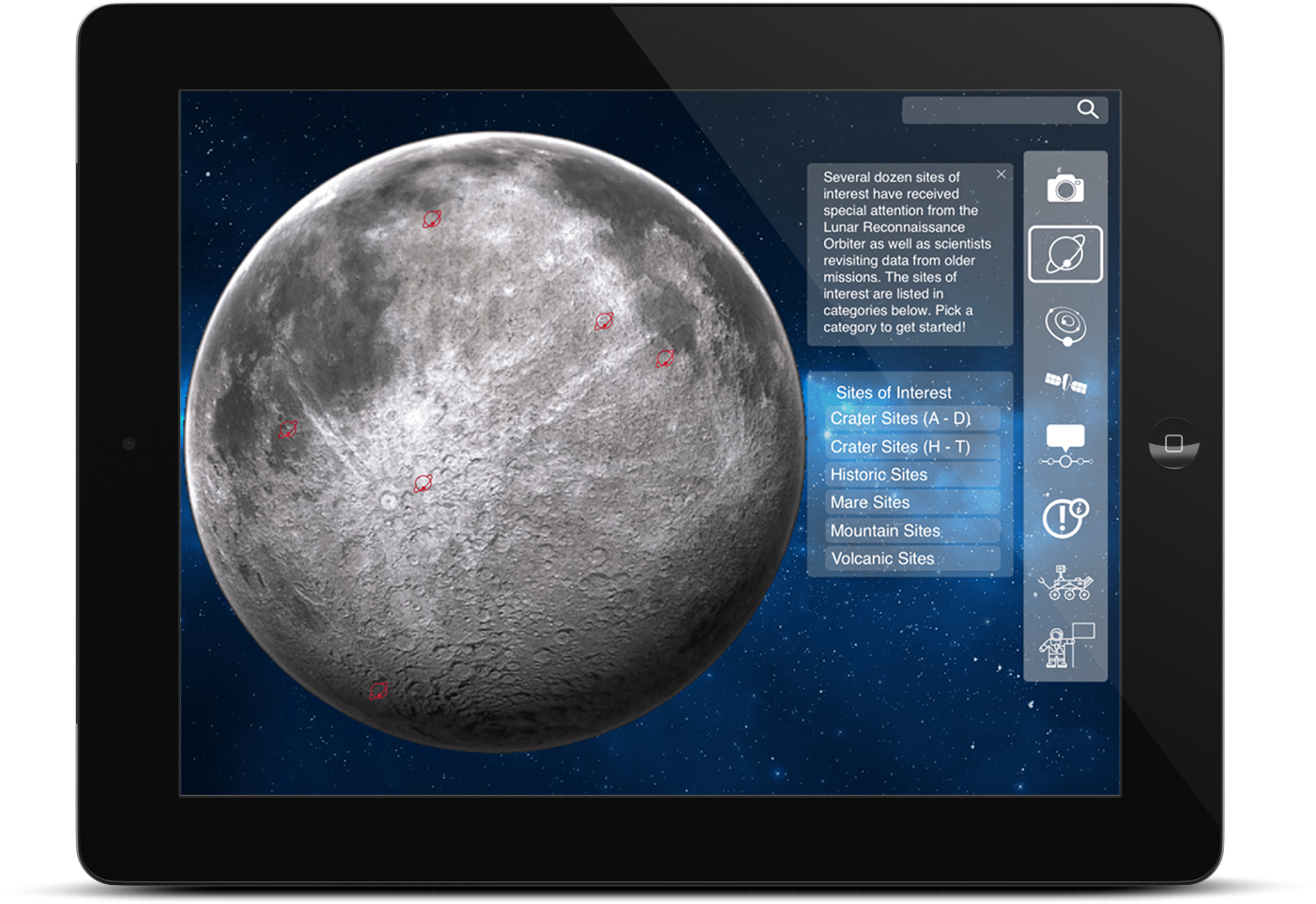Development chaos, slick presentations and an excess of thick and crusty American-style pizzas; these are the things I remember the most when I look back at my first hackathon. This maiden voyage into uncharted space became even more memorable when the application we strived towards for 24 hours didn’t turn out the way we’d expected – the nature of all projects I suppose, but there was definitely an element of naivety at play…

Welcome to NASA Space Apps Challenge - a synchronised world event to produce cutting-edge software for the space industry over the course of a weekend. Here in London in the buzzing grand hall of the Inmarsat building on Old Street sat a calibre of one hundred participants the likes of which I hadn’t seen since my undergrad days. The IQ levels and vague autistic tendencies were almost intimidating at times. There were a lot of smart people here. I know this because by the end of the hackathon, many teams had functioning demos churning through large amounts of readily-accessible space agency data or simulated physics for rocket engine manoeuvring calculations.
Despite the different projects, they all shared one thing in common – they were passionate about the commercially multidimensional nature of space and its potential for growth from a technology perspective. For me, I knew it was an ambitious event to attend, but to make it my first really felt like a challenge, especially considering I only had a passing interest in space and its related issues.

Nevertheless, when the hackathon kicked off, I persevered and sought out interested individuals to be potential team mates - HR recruitment at its most amateur! We banded together as a motley crew of UX designers, developers, a photographer and a musician all working in synchrony towards an app I’d pitched to them. The aim of the app was to improve access to casual astronomy to kids whilst creating a sense of intrigue and fun; the long term intention being to rile up interest in STEM fields and promote growth in this less glamourous part of the education sector.
With global competition brimming, a unique selling point was needed to distinguish us from the swathes of projects running in parallel – this was the use of augmented reality (AR). Using a smart device, the user would try to locate the Moon and other celestial bodies wherever they may be relative to their current time and position on Earth. With a radar-style interface, kids would play a pseudo-game of Marco Polo. The truth was a few other local teams had similar visions for adopting an AR interface but this only became apparent towards the end of the event. Globally, there were hundreds. We couldn’t kid ourselves – any sense of uniqueness for our vision was quickly abandoned knowing the whole hackathon community was after the same cutting-edge kudos.
With the twenty-four hours we had to develop our idea, we managed to produce mockups in Sketch of what a potential interface might look like. With no time for any sort of usability testing, this was a pure problem solving/blue sky self-generated ideation exercise – not the standard process for a UX designer with user-centred design in mind. In fact, the project length, working hours and somewhat foreign environment made the whole ordeal into an intense one filled with anxiety for all.


Despite the initial alien feeling of it all, there were some learning points during development regarding teamwork and accountability that we could take away with us. For example, despite having two developers on our team, we didn’t have a clickable prototype at the end which revealed a lack of communication within the team. This highlighted the value of checking in on teammates for progress and dealing with difficulties as they arose. Leaving them to their own devices meant that in terms of R&D, they spent too much time on research and not enough on development. Needless to say, a dedicated scrum master role would not have gone amiss.
Overall, I was pleased with the work we’d accomplished in the short time available and it hasn’t put me off venturing forth once more into the intensity and chaos of hackathon territory …although next time I may opt for a subject area a little closer to my heart!

